What is a Piston Upper?
Definition and Overview
A piston upper is a critical part of a firearm operating system. It is designed to use a piston-driven mechanism to cycle rounds. Unlike direct impingement systems, it transfers gas energy using a piston rod. This system mitigates the buildup of carbon within the receiver, enhancing reliability. Piston uppers are commonly found in modern sporting rifles and tactical firearms. They offer improved performance under harsh conditions, making them a preferred choice in demanding environments.
Key Components of a Piston Upper
A piston upper consists of several essential components that work together seamlessly. These include:
- Gas Block: Controls the flow of gases generated during firing.
- Piston Rod: Transfers gas energy to cycle the firearm’s bolt carrier.
- Operating Rod: Links the piston mechanism to the bolt carrier.
- Bolt Carrier Group: Receives energy from the piston to chamber the next round.
- Barrel: Ensures gas is directed effectively through the gas block.
These components are engineered to reduce heat and carbon buildup. Each part contributes to the smooth operation of the firearm. Piston upper systems are celebrated for their dependability and durability under challenging conditions.
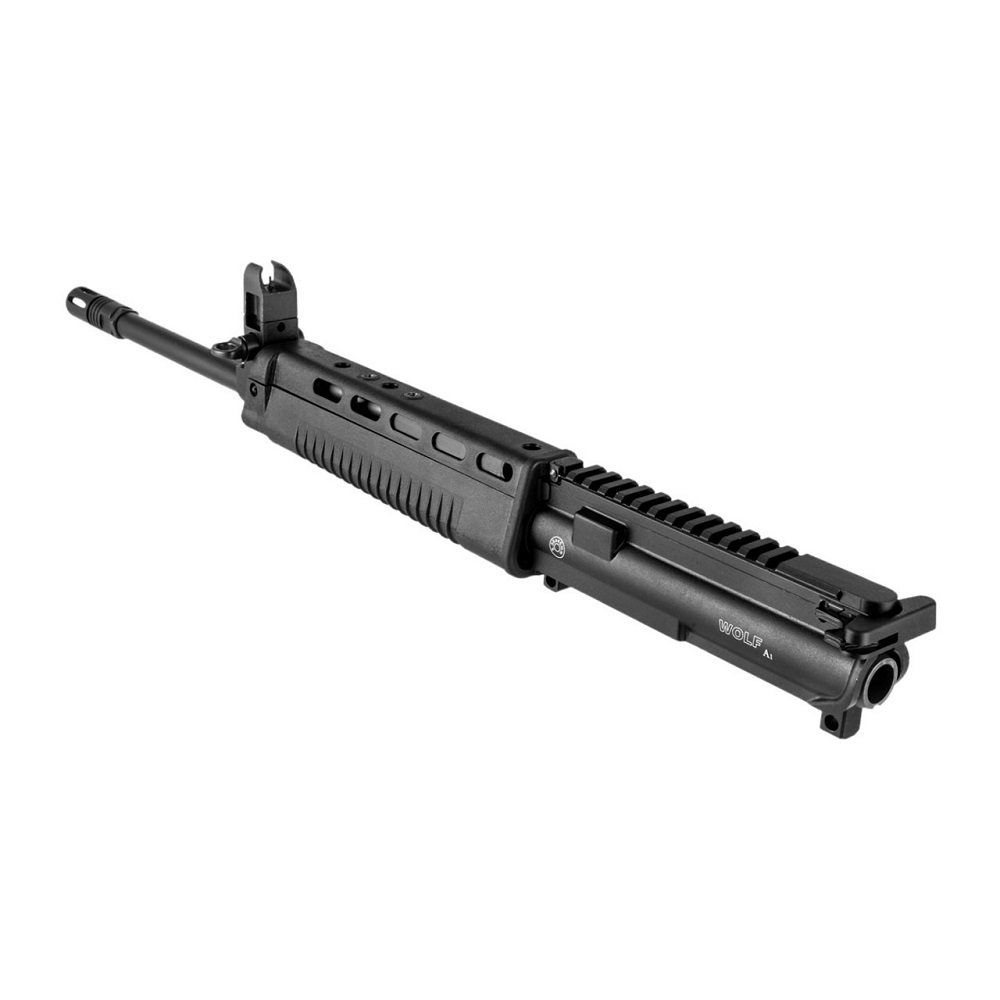
How Piston Uppers Differ from Direct Impingement Systems
Piston uppers and direct impingement systems operate differently. These differences impact their performance, reliability, and maintenance. Understanding these distinctions is crucial for choosing the right system for your needs.
Key Operational Differences
- Gas Transfer Process:
- Piston uppers use a piston rod to transfer gas energy. This keeps the receiver cleaner.
- Direct impingement systems direct gas into the bolt carrier. This can cause carbon buildup.
- Heat Management:
- Piston uppers isolate heat in the piston area, reducing heat inside the receiver.
- Direct impingement systems transfer heat into the receiver and the bolt carrier.
- Moving Parts:
- Piston uppers have a piston and operating rod that drive the bolt carrier.
- Direct impingement systems rely on fewer moving parts, which may reduce weight but increase cleaning needs.
- Recoil Feel:
- Piston systems often have a slightly increased recoil due to additional moving parts.
- Direct impingement systems offer a smoother shooting experience because of their simplified design.
Advantages and Disadvantages
Piston Uppers:
- Advantages:
- Better performance under harsh conditions.
- Require less frequent cleaning due to reduced carbon buildup.
- Improved reliability in tactical and rugged environments.
- Disadvantages:
- More expensive compared to direct impingement systems.
- Additional weight due to extra components.
Direct Impingement Systems:
- Advantages:
- Lighter and simpler design.
- Cost-effective and widely available.
- Smoother recoil for a better shooting experience.
- Disadvantages:
- Requires regular cleaning to prevent carbon buildup.
- Can overheat in extended use.
Understanding these pros and cons will help determine which system suits your needs better. Whether it’s a piston upper or a direct impingement system, your choice should match your expected usage conditions and maintenance preferences.
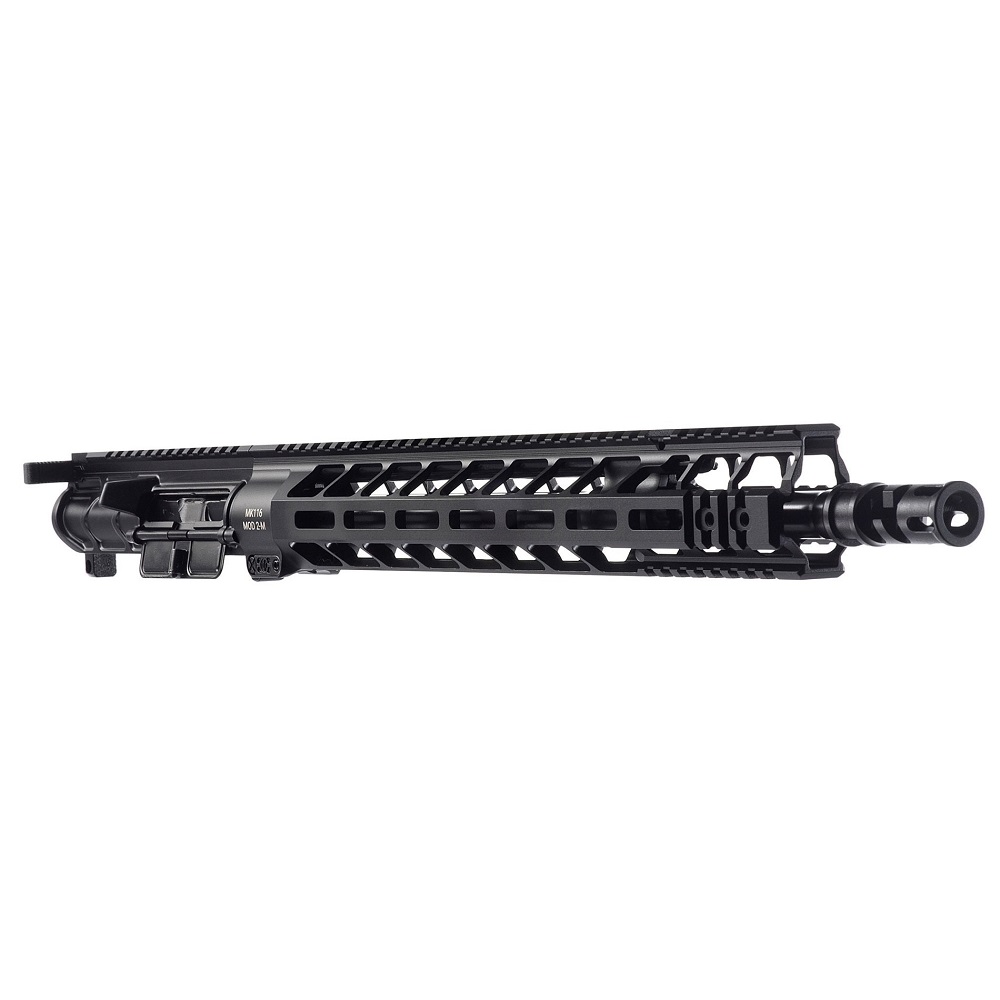
Benefits of Piston Upper Systems
Piston upper systems offer a range of benefits that appeal to firearm enthusiasts and professionals alike. These advantages make them a popular choice for those seeking reliable performance and reduced maintenance requirements.
Improved Reliability and Durability
- Reliable under Harsh Conditions:
- Piston upper systems are designed for tough environments.
- They minimize jamming and malfunctions by reducing carbon buildup in the receiver.
- Enhanced Heat Management:
- Heat is isolated in the piston area, protecting sensitive internal components.
- This reduces the risk of overheating during extended use.
- Durable Components:
- High-quality materials in piston uppers ensure longevity even with frequent use.
- The system’s moving parts are robust and optimized for wear resistance.
- Dependability in Tactical Scenarios:
- These systems perform well in military, law enforcement, and other high-pressure situations.
- Reliability under extreme conditions makes them a trusted choice by professionals.
Maintenance Benefits
- Reduced Cleaning Frequency:
- Piston uppers transfer gas energy via a rod, limiting carbon accumulation in the receiver.
- Less carbon means fewer cleaning sessions compared to direct impingement systems.
- Simplified Cleaning Process:
- Cleaning the piston assembly is straightforward and requires minimal tools.
- Bolt carriers stay cleaner, reducing the time spent on maintenance tasks.
- Improved Long-Term Performance:
- With proper care, piston uppers maintain consistent performance over time.
- Lower wear and tear on key components extend the firearm’s lifespan.
- Cost Savings Over Time:
- While initially more expensive, reduced maintenance expenses balance long-term costs.
- The durability of key parts further contributes to their value.
For those prioritizing reliability and low upkeep, piston upper systems stand out as an excellent option. Their ability to enhance firearm performance while simplifying maintenance makes them a worthwhile investment.
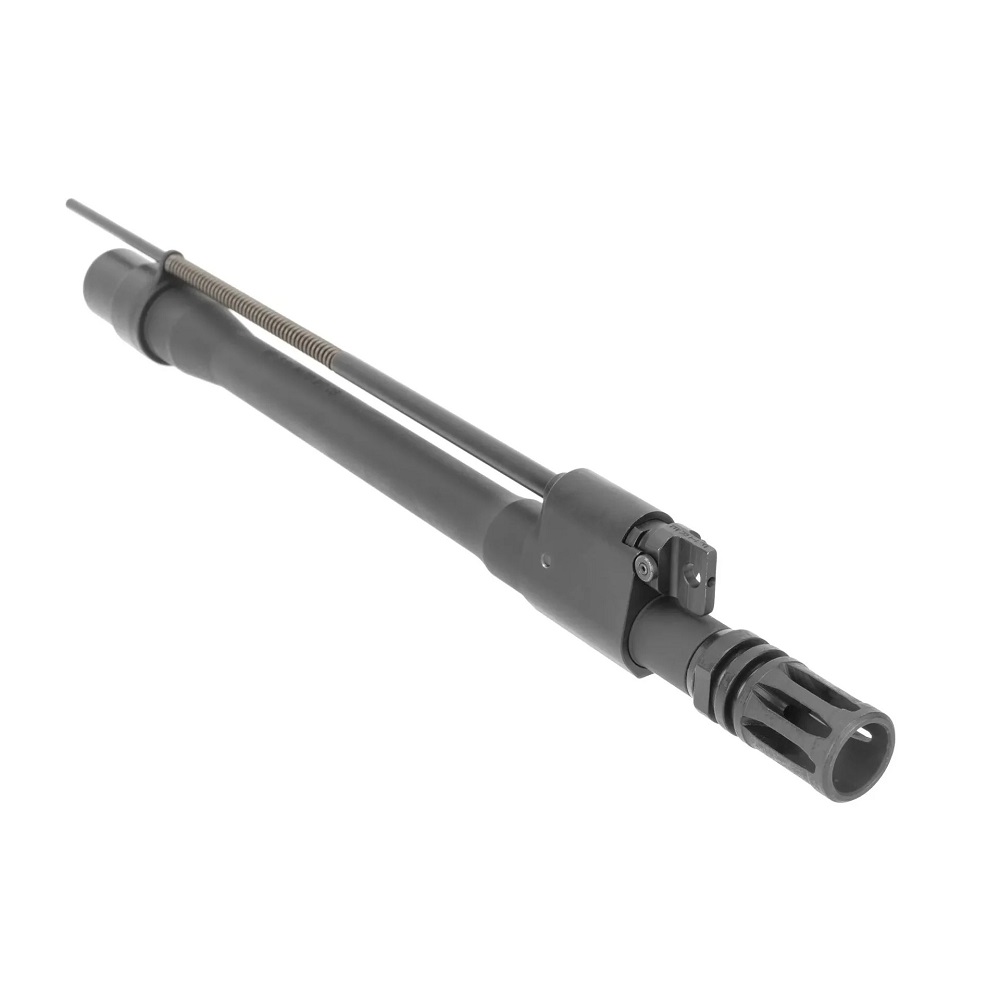
Common Applications of Piston
Piston uppers have practical uses across various domains. Their reliability and performance make them versatile for many applications. Below are two major areas where piston uppers excel.
Military and Tactical Use
- High Reliability in Extreme Conditions:
- Piston uppers are ideal for military and tactical operations.
- They reduce carbon buildup, ensuring fewer malfunctions in challenging environments.
- Durable Components for Heavy Use:
- The robust materials withstand constant firing and high-pressure scenarios.
- Professionals trust them for their ability to handle wear and tear.
- Enhanced Heat Management:
- The system isolates heat, preserving performance during extended use.
- This is crucial when missions require consistent, prolonged firing.
- Usage in Specialized Scenarios:
- Military units value piston uppers for their adaptability in diverse terrains.
- Law enforcement relies on them in high-stakes operations.
Hunting and Sporting Applications
- Accuracy and Performance Under Tough Conditions:
- Hunters benefit from the precision of piston uppers in rugged outdoor settings.
- Their reduced recoil and consistent cycling improve shooting accuracy.
- Low Maintenance Requirements:
- Long hunting trips are easier with systems requiring less frequent cleaning.
- A clean receiver ensures reliable operation throughout extended outings.
- Adaptability to Various Sporting Firearms:
- Many sporting rifles are compatible with piston uppers.
- This makes them a top choice for competitive shooting events.
- Long-Term Durability:
- Piston uppers withstand heavy usage, making them well-suited for repeated sessions.
- Their longevity provides excellent value to sports enthusiasts and hunters.
From the battlefield to the hunting ground, piston uppers deliver unparalleled performance and reliability.
Factors to Consider When Choosing a Piston
Selecting the right piston upper involves evaluating key factors. It ensures compatibility and meets performance expectations.
Compatibility with Firearms
- Check Firearm Type: Ensure the piston upper matches your rifle’s model and specifications. Most modern rifles support piston systems, but verifying exact compatibility prevents issues.
- Inspect Upper Receiver Fit: The piston upper should fit securely without any modifications. A proper fit ensures smooth operation.
- Barrel Length and Gas System Alignment: Match the piston upper’s gas block to the barrel’s length. Misalignment impacts cycling reliability.
- Consider Mounting Options: Ensure compatibility with attachments like optics or rails. This enhances customization and usability.
- Evaluate Usage Purpose: Choose a piston upper tailored for your intended use, whether tactical, sporting, or hunting.
Price and Performance Ratio
- Assess Budget Constraints: Piston uppers are more expensive, but their benefits justify the cost for many users.
- Compare Material Quality: Higher-priced models often feature durable, heat-resistant materials. This impacts long-term performance.
- Review Reliability Claims: Ensure the piston upper offers reliable cycling, especially under harsh conditions. Price reflects reliability in demanding environments.
- Analyze Added Features: Look for features like improved heat management or reduced carbon buildup. They enhance value.
- Weigh Longevity Against Cost: Judge whether the upper’s durability reduces replacement and maintenance expenses over time.
- Research Brand Reputation: Established brands offer tested and trusted piston uppers. Consider their track record of performance.
Choosing a piston upper involves balancing compatibility, performance, and price to match your needs effectively.
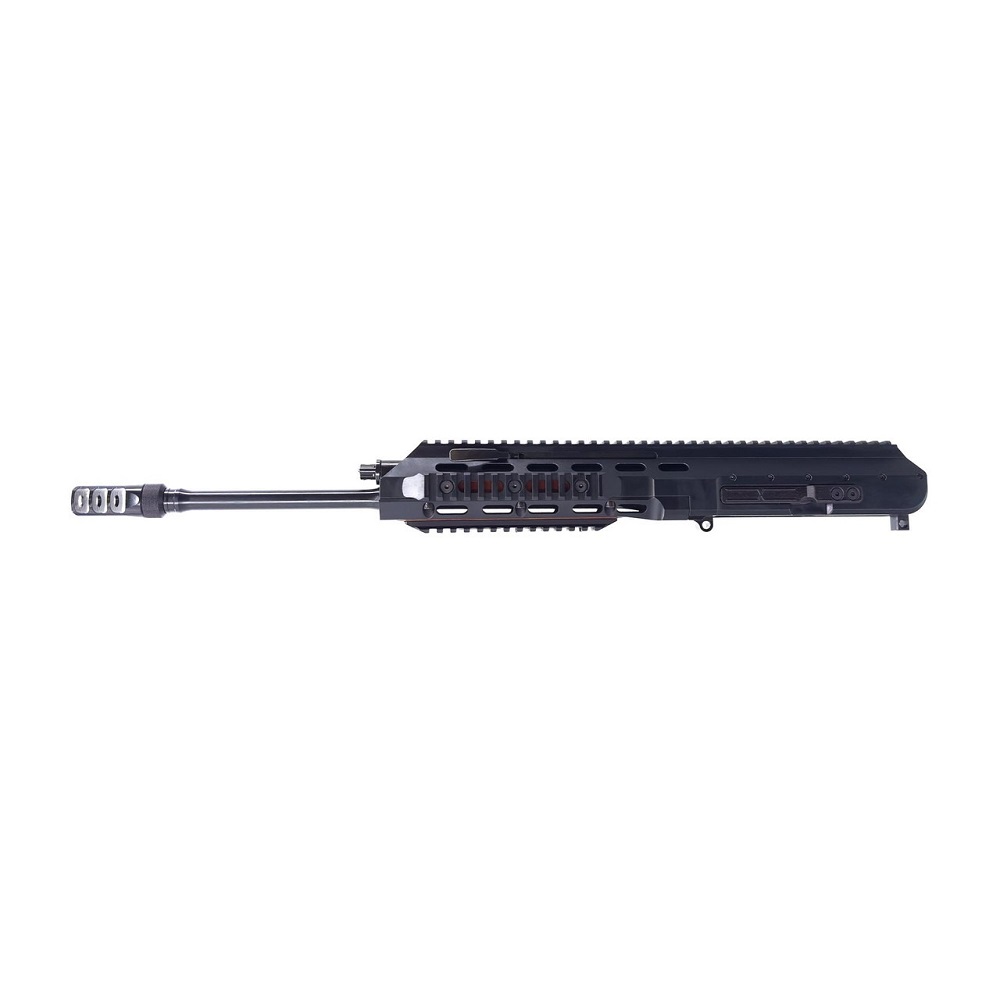
Popular Brands and Models of Piston
Numerous brands offer high-quality piston uppers, each with unique features. Knowing the best options simplifies selection.
Features of Top Brands
- Heckler & Koch (H&K):
- Renowned for premium build quality and reliability.
- Its piston uppers, such as the MR556, excel in military and tactical applications.
- Features include a user-friendly design and excellent heat management.
- Patriot Ordnance Factory (POF):
- Specialized in innovative designs and durable components.
- POF uppers often include adjustable gas blocks for customization.
- Offers strong performance under harsh conditions.
- Sig Sauer:
- Focused on precision and modern engineering.
- Piston uppers like the MCX come with advanced modular features.
- Sig Sauer uppers are valued for robustness and consistent cycling.
- Adams Arms:
- Known for affordability without sacrificing quality.
- Its piston systems are easy to maintain.
- Features include lightweight design and reduced recoil.
- LWRC International:
- Praised for integrated gas-piston systems and high-end materials.
- Uppers often feature enhanced ergonomics and smooth functionality.
- LWRC uppers excel in both tactical and sporting scenarios.
Comparative Analysis of Leading Models
- H&K MR556 vs. Sig Sauer MCX:
- The MR556 focuses on rugged durability for tactical use.
- The MCX offers modularity for multi-purpose applications.
- POF Renegade vs. Adams Arms VDI:
- The POF Renegade excels in heat management, ideal for frequent firing.
- Adams Arms’ VDI is lightweight and cost-effective, suited for casual use.
- LWRC IC-DI vs. POF Revolution:
- LWRC IC-DI is ergonomic and designed for precision shooting.
- POF Revolution delivers unmatched reliability in extreme environments.
- Sig MCX vs. LWRC Six8-A5:
- Sig MCX offers unmatched customization possibilities.
- LWRC Six8-A5 specializes in handling calibers efficiently.
Choosing the right piston upper depends on usage requirements and personal preference.
Maintenance and Cleaning of Piston Systems
Proper maintenance keeps your piston upper system performing efficiently. Cleaning regularly helps avoid malfunctions and extends its lifespan. Follow these steps and tips to ensure long-lasting performance.
Step-by-Step Maintenance Guide
- Disassemble the Upper Receiver:
- Remove the piston upper from the firearm for easier access to its parts.
- Follow manufacturer guidelines for disassembly to avoid damage.
- Inspect Key Components:
- Check the gas block, piston rod, and operating rod for damage or wear.
- Examine the bolt carrier group for any carbon buildup or corrosion.
- Clean the Piston Rod and Gas Block:
- Use a brush to remove carbon deposits and dirt.
- Apply a cleaning solvent designed for firearms to dissolve tough residue.
- Lubricate Moving Parts:
- Apply a small amount of appropriate lubricant to the piston rods and operating components.
- Avoid over-lubrication, as it can attract dust and debris.
- Reassemble the Piston Upper:
- Ensure all parts are dry and properly lubricated before reassembly.
- Double-check alignments to maintain smooth operations.
- Test Functionality:
- Perform a function check to ensure proper cycling after maintenance.
- Address any operational issues before using the firearm.
Tips to Extend Lifespan
- Use Quality Ammunition:
- High-quality ammunition minimizes dirt and carbon buildup in the system.
- Clean Regularly After Use:
- After every use, clean the piston upper to prevent residue buildup.
- Avoid Prolonged Exposure to Harsh Environments:
- Protect the system from moisture and extreme temperature changes when storing.
- Store Firearms Properly:
- Keep the piston upper in a dry and cool place to prevent rust and corrosion.
- Inspect O-Rings and Seals:
- Replace worn seals promptly to avoid gas leakage and performance issues.
- Follow Manufacturer’s Guidelines:
- Adhere to recommended maintenance intervals and use approved cleaning products.
Regular care ensures optimal performance and extends the life of your piston upper system. Incorporate these tips in your maintenance routine to maximize reliability and durability.
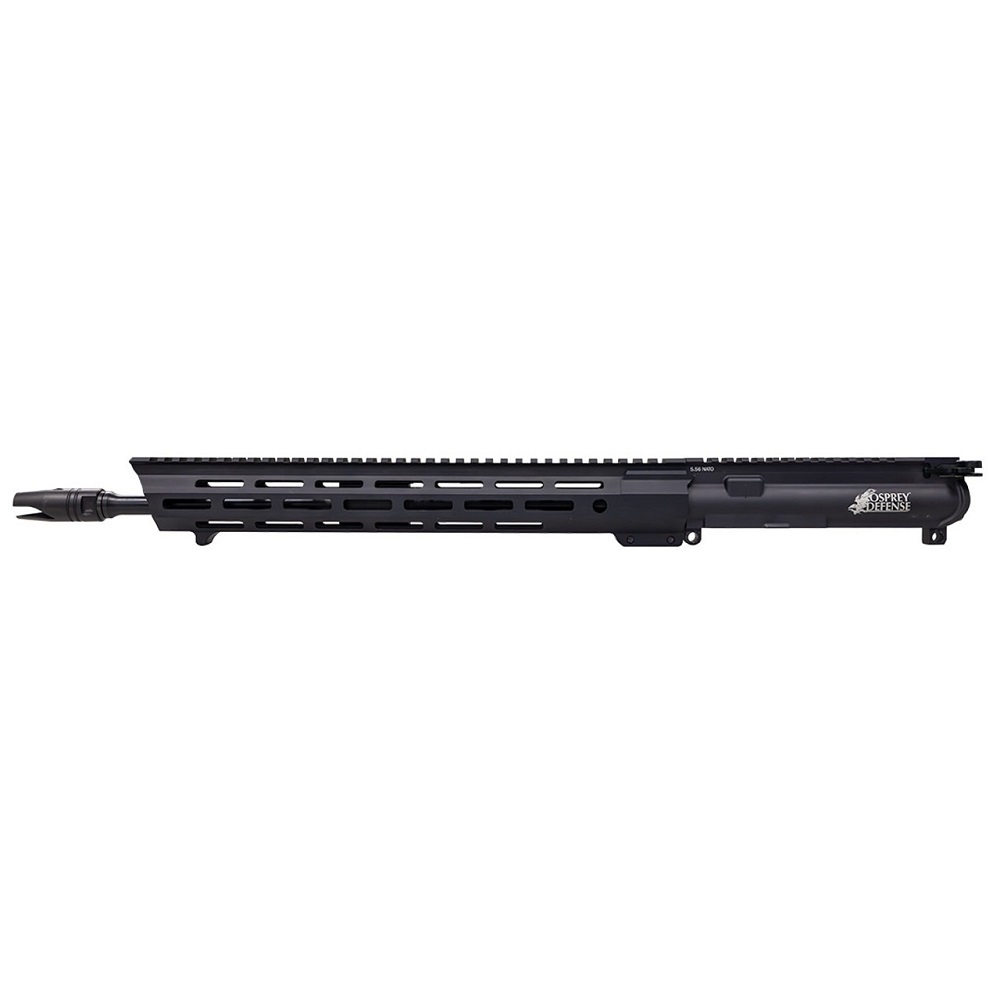
Frequently Asked Questions about Piston Uppers
Common Misconceptions
- Piston uppers are too costly for regular users:
- While piston uppers are more expensive, their durability offsets long-term maintenance costs.
- Direct impingement systems outperform piston uppers:
- Piston uppers excel in harsh conditions, offering superior reliability compared to direct impingement.
- All piston uppers are heavy and bulky:
- Modern designs use lightweight materials, reducing weight without sacrificing strength.
- Maintenance is highly technical and time-consuming:
- Cleaning piston uppers is straightforward, requiring basic tools and minimal technical knowledge.
- Piston systems cause excessive recoil:
- Recoil is slightly higher but manageable due to advanced engineering and overall firearm balance.
Answers to Top Questions
- How often should I clean my piston upper system?
- Clean after each use, especially if used in dirty or extreme environments.
- Is a piston upper worth the price for casual shooters?
- Yes, especially for shooters seeking reliability, longevity, and ease of maintenance.
- Can piston uppers fit all types of rifles?
- They are compatible with most modern sporting rifles but verify specifications for proper fit.
- Do piston uppers improve accuracy?
- Yes, they offer consistent cycling and better heat management, enhancing shooting precision.
- Are piston upper systems suitable for hunting?
- Absolutely. Their reliability and durability perform well in rugged outdoor conditions.
- Which brands offer affordable piston upper systems?
- Brands like Adams Arms combine quality and affordability for cost-conscious buyers.
Understanding these key points will guide new and experienced users in making informed decisions.
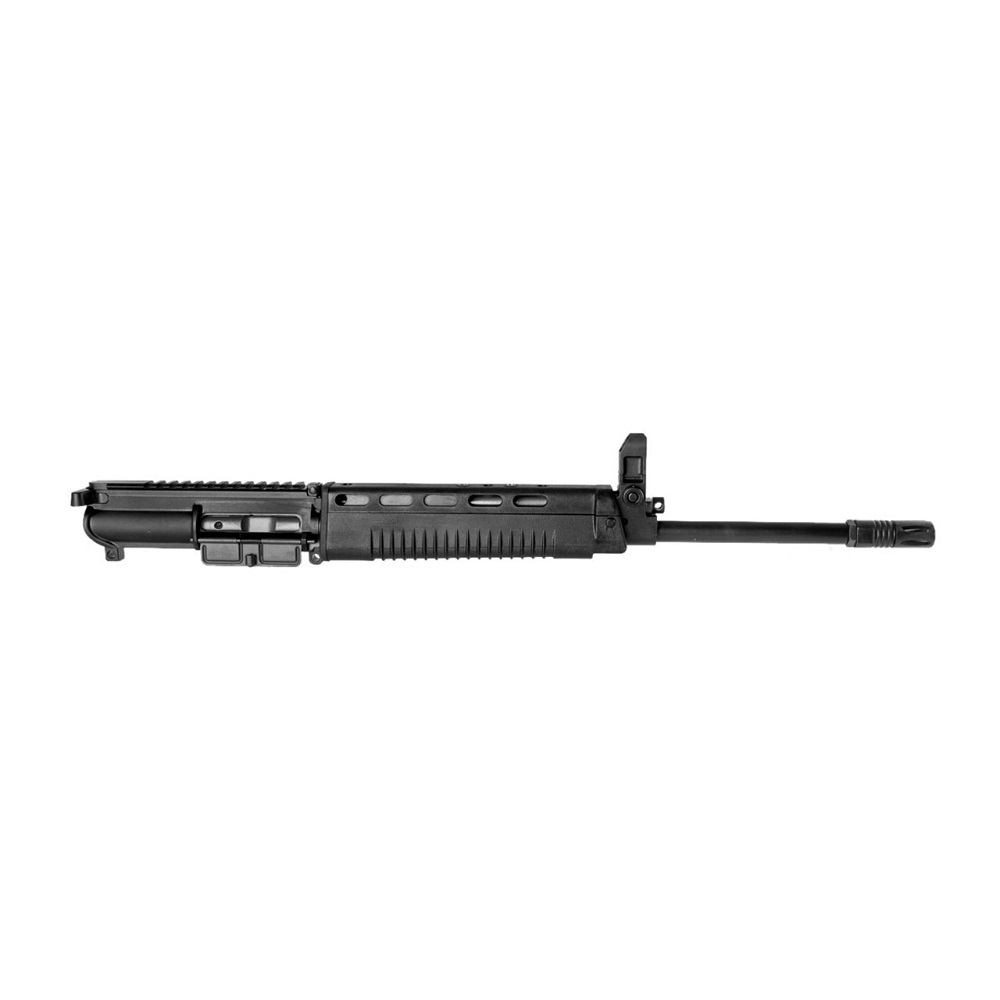
Leave a Reply